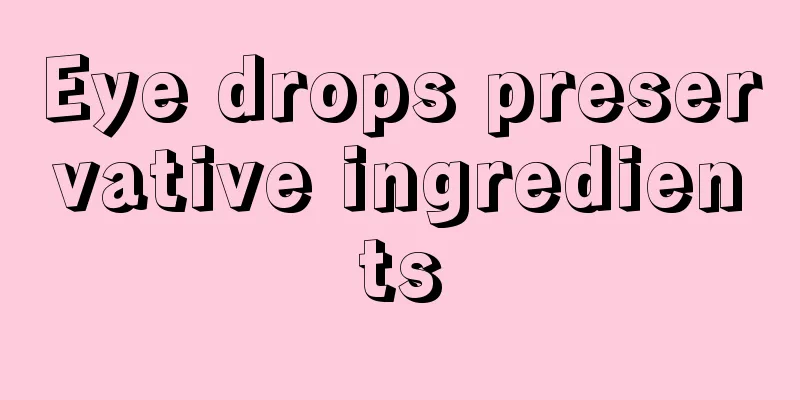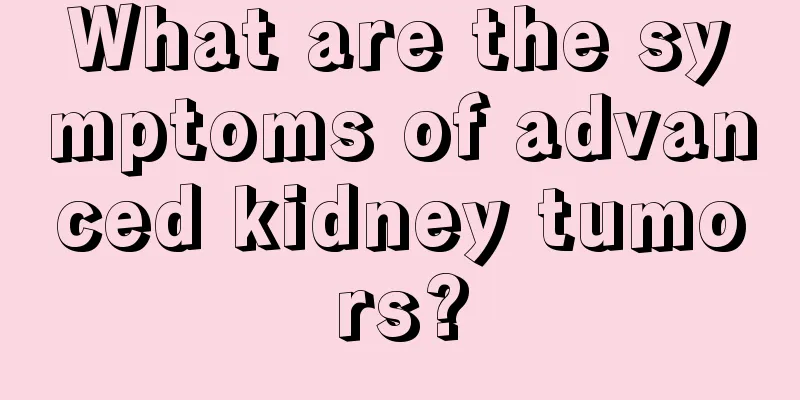Eye drops preservative ingredients

|
Some eye drops contain preservatives. The reason for this is mainly to prevent the growth of bacteria in the eye drops and to prevent the eye drops from being contaminated by microorganisms. In terms of the dosage of preservatives, the country has strict standards, which are generally between 1‰ and 2‰. When using eye drops, you must be aware of some precautions, such as the shelf life of eye drops mainly refers to the time without opening. The shelf life of eye drops after opening is relatively short. Eye drops preservative ingredients Preservative eye drops refer to eye drops that contain preservatives in their ingredients. In order to prevent ophthalmic preparations from being contaminated by microorganisms during use, most eye drops, especially large-dose eye drops, require the addition of antibacterial agents. However, the country has strict requirements on the dosage of preservatives in eye drops, which is between 1‰ and 2‰. Most of the eye drops used clinically contain preservatives to prevent them from deteriorating when they come into contact with air after the first use. Large-packaged eye drops sold on the market, such as 5ml to 10ml eye drops, must contain preservatives, otherwise they cannot be used for a long time, but their preservative content mostly complies with national regulations. When citizens use eye drops, as long as they follow the doctor's advice and use them in moderation and not in large doses for a long time, these preservatives will not cause harm to the eyes. Citizens should note that if eye drops are used for a long time or in large doses, it may destroy the normal moisturizing and repairing function of the body's own tears on eye tissue cells. Basic Features More than 90% of eye drops sold on the market contain preservatives. Long-term improper use of eye drops containing preservatives can easily cause considerable damage to the eyes. Relevant experts said that the report that more than 90% of eye drops contain preservatives is not an exaggeration. According to her understanding of the eye drops industry, more than 95% of eye drops contain preservatives. In addition, experts said that there are different types of preservatives in eye drops. Most imported eye drops contain benzalkonium chloride, which is more harmful to patients than other preservatives. Identification method Experts say that with a daily dose of eye drops, there is no risk of bacterial infection, so no preservatives are needed. In addition, it can also be distinguished by the shelf life. Products with a shelf life of about one month usually contain preservatives, while products without preservatives are only valid for one day. |
>>: Eye drops that lower intraocular pressure
Recommend
Effect of boiler scale cleaning agent
Boilers will often have scale after being used fo...
How to treat liver cancer? A review of 5 professional liver cancer treatment methods
1. Surgical treatment There is no doubt that surg...
My tongue feels uncomfortable as if it's burned
If you want to taste a variety of delicious food,...
How long can you live without bladder cancer spreading
Bladder cancer is one of the most common tumors i...
Will early-stage colon cancer recur after surgery?
Will early-stage colon cancer recur after surgery...
What is the correct way to educate children?
In order to educate their children, parents will ...
What are the functions of probiotics?
The number of bacteria in our human body is 10 ti...
What are the side effects of jasmine tea
The side effects of jasmine tea may affect normal...
What causes a dry and itchy nose?
According to experts, there are many causes of dr...
How does the body detoxify at night?
Some people nowadays have a very rich nightlife a...
How to beat colorectal cancer at 33 years old?
I was deeply impressed by a 33-year-old patient w...
Symptoms of liver cancer in the earliest 3 months
Liver cancer is often called the "silent kil...
What causes blisters on the mouth?
When blisters appear on the mouth, it is mostly o...
Basic requirements for standing posture?
Standing is a very important posture in our daily...
Is it normal for babies to fart smelly?
The stomach and intestines of babies are actually...









